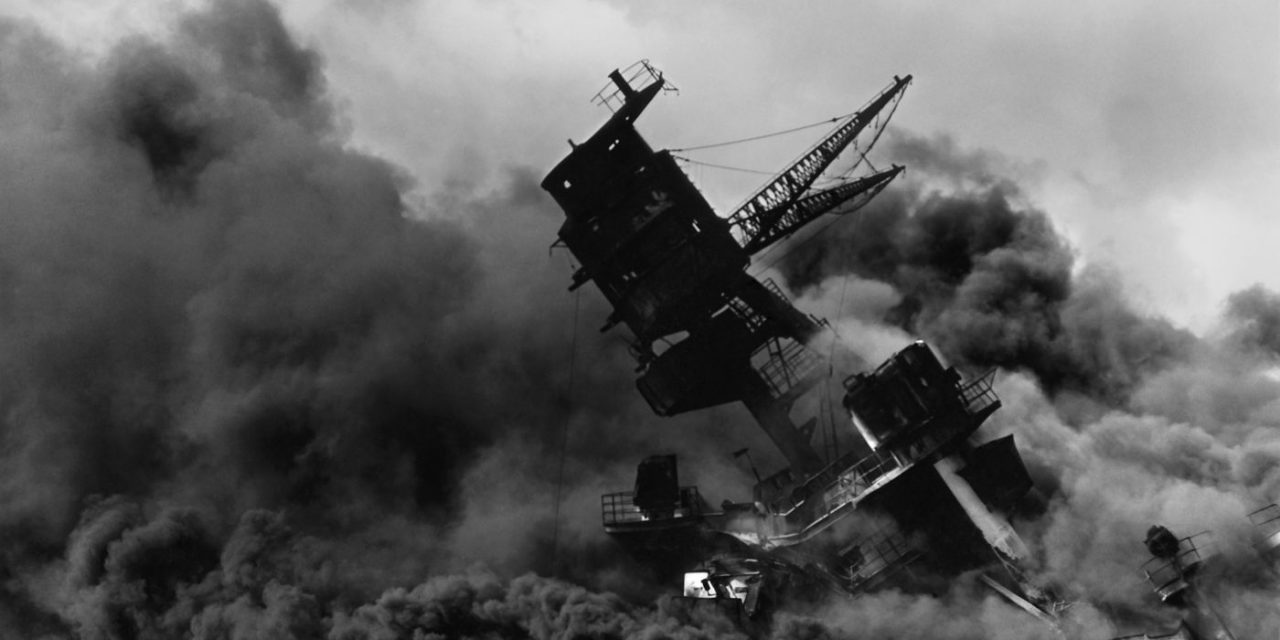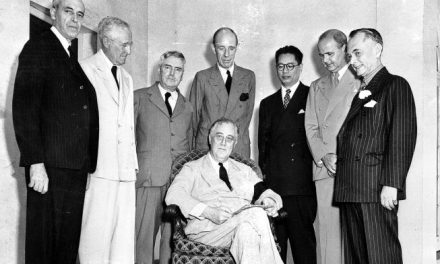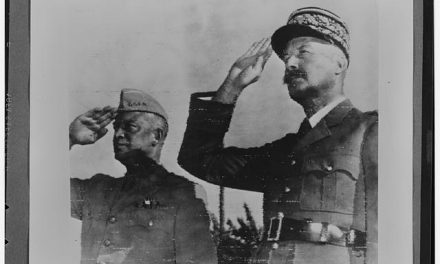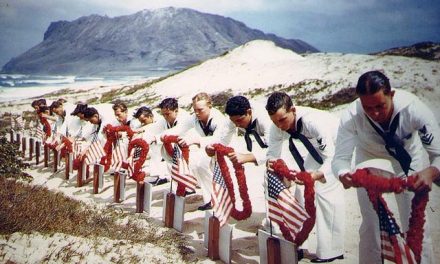The United States has declared war on Japan after a Japanese airstrike on the U.S. naval base in Pearl Harbor. The attack started around 8 a.m. and lasted only two hours, yet the outcome was devastating. Although there have been conflicting reports, the number of casualties is said to range between 1,500 and 2,000, with an additional 1,000 wounded. The casualties extended beyond American lives with a number of naval vessels and planes also being damaged. The Oklahoma, a U.S. battleship, was set ablaze and eventually sunk to the bottom of the harbor. The U.S. Navy quickly responded and sent up a defensive attack, but without proper preparation, its efforts had minimal success—and heavy destruction by the Japanese was imminent.
While fighting in the U.S. just began, World War II started years ago in Europe with Adolf Hitler’s rise to power. Japan, along with Italy, joined Germany to become the Axis Powers, and they have been waging war against American allies such as Great Britain. Even though the U.S. has been providing substantial aid to Great Britain through the Lend-Lease program, President Franklin Roosevelt has managed to keep the country out of the war, until now.
The reasoning behind Japan’s surprise attack on Pearl Harbor is unclear at this time – although the banning of U.S. oil exports to Japan earlier this year may have been a contributing factor. What is known, however, is that today Congress declared war on Japan, ending the U.S.’s neutral stance in World War II.
American public opinion on whether the U.S. should get involved in the war has been split over the past few years. With the majority of fighting taking place in Europe, it was understandable for the American people to want to stay out of the conflict. Japan’s attack on American soil, however, has brought the war to its doorstep, and there was only one way to respond: to declare war.
Merrit Laws, a local, witnessed the attack on Pearl Harbor and described it, saying, “I saw a bomb fall on Ford Island, in the middle of the harbor. The bomb exploded with a deafening roar. It must have been a big one. I saw two planes dive over the mountains and down to the water and let loose torpedoes at a naval ship. This warship was attacked again and again.”

The USS Arizona during the Japanese attack on Pearl Harbor
With the U.S. now heading into war, one must ask: what will happen to the American people and the American spirit? The men will be shipped overseas, into the hands of the enemy, leaving their families and loved ones to wonder if they will ever see their fathers, brothers and husbands again. They are also left to wonder how this war will affect those who stay behind—the women and children whose role during wartime is something entirely different, and who are relied on to keep the country moving forward in a time of uncertainty.
In addition, what does this mean for those American citizens of German, Italian, or Japanese descent? The U.S. is built on the notion that it is a free land that welcomes people of all races, religions and backgrounds. It is unclear if this American philosophy of acceptance will continue. After yesterday’s tragedy, it is difficult to know whether it is wise or cruel to mistrust Japanese-Americans. One question many Americans have already been asking is how Japan knew exactly where to strike. Are there spies on American soil that have been feeding information back to Japan?
The questions surrounding this attack are numerous, but the fact remains that yesterday morning, the U.S. was viciously attacked by the Japanese. Now, the two countries are at war—and no matter when World War II will come to end, or what the outcome may be, December 7, 1941 is, as President Roosevelt put it, “a date which will live in infamy.”
Sources:
Hawaii Fortified To Match Attacks. (1941, December 8). New York Times, p. 16.
Navies Fight Off Honolulu After Bombing. (1941, December 8). The Washington Post, p. 6.
Tokyo Bombers Strike Hard At Our Main Bases On Oahu. (1941, December 8). New York
Times, pp. 1-2.
U.S.S Oklahoma A Veteran of 1916. (1941, December 8). New York Times, p. 2.





